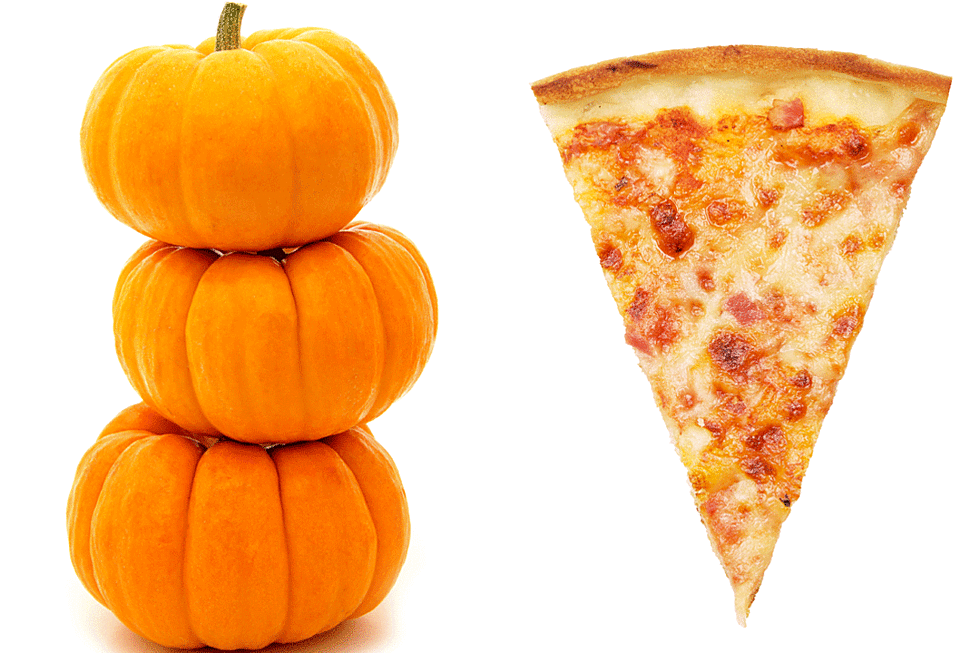
Why Do We Carve Up Pumpkins For Halloween?
Even if you don't partake of the Halloween festivities, you can't help but notice the pumpkins everywhere. It's like 'Invasion of the Gourds.' So why do we insist on hacking into helpless bits of food every October? For the answer, you'll have to thank the Irish. According to Tony Cooper with the San Diego News, "the tradition came out of an Irish myth about a man called "Stingy Jack.'' The tale says that Stingy Jack invited the Devil to have a drink with him, and when Jack decided he didn't want to pay for his libation, he coaxed the Devil to turn himself into a coin. Jack claimed he would use the coin to pay for the drinks. That turned out to be a falsehood, the story goes. Once the Devil became a coin, Jack elected to keep the money and put it in his pocket next to a cross, precluding the Devil from reverting to his original self.
Jack eventually freed the Devil, with the agreement that Devil would leave Jack alone for a year and that if he died, the Devil wouldn't claim his soul. However, legend has it that the Devil once again fell for Jack's chicanery the following year. Jack conned the Devil into climbing a tree for a piece of fruit, after which Jack carved a sign of the cross on the tree's back. That meant the Devil couldn't come down until the Devil promised Jack to not bother him for 10 years.
It never got that far. Jack died a short time later. The story goes that such an unseemly figure would never been allowed in heaven. But hell didn't want Jack, either. The Devil, peeved by Jack's serial trickery, wouldn't allow Jack in that hot spot. Interestingly, the Devil was keeping his word that he wouldn't claim Jack's soul. Instead, Jack was sent off into the darkness with burning coal to provide light. Jack put the lump of coal into a hollowed turnip (said to be his favorite vegetable) and went off on his merry way, apparently never to be heard from again. Jack may have been gone, but he was hardly forgotten.
The Irish started referring to wayward Jack as Jack of the Lantern, which was eventually shortened to Jack-o'-Lantern, which means night watchman or man with a lantern. The term was reportedly coined in 1837. From here, the Irish tradition of carving faces into turnips and other vegetables and placing in windows or by doors on Halloween began. The idea was to scare away evil Stingy Jack and other folks of his ilk. This also became a yearly practice in Scotland as well.
In each case, pumpkins weren't commonly used. Instead turnips were the veggie of choice, along with rutabagas, potatoes and beets. Pumpkins didn't become typical until the Jack-o'-Lantern tradition was brought to the United States by immigrants. Today, making Jack-o'-Lanterns for Halloween has become an extremely popular enterprise, for children and adults alike."
More From Classic Rock 105.1






![How To Carve A Pumpkin [NSFW Video]](http://townsquare.media/site/35/files/2011/10/Pumpkin-carving.jpg?w=980&q=75)

